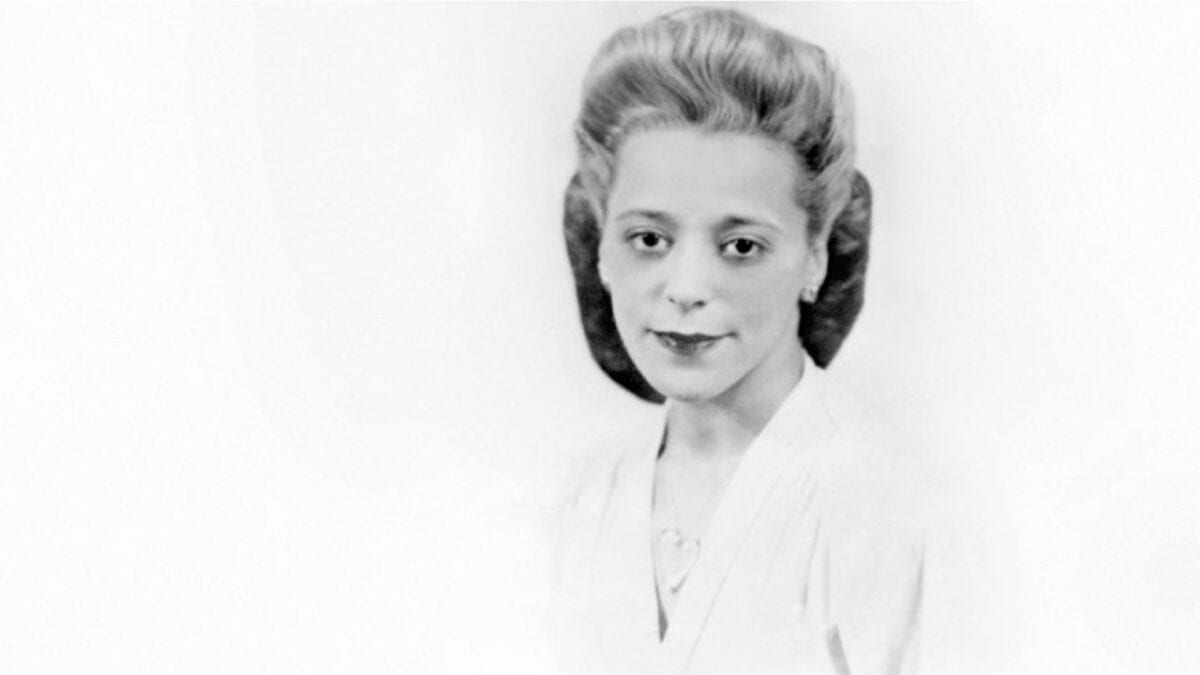Photo courtesy of Berma Marshall.
Rosa Parks wasn’t the first Black woman in American history to refuse leaving her seat for a white passenger. The first known woman to do this was Claudette Colvin, a 15-year-old teen who knew Parks well.
Our own proud, Canadian Black History shares many similarities with the U.S.’s, though the details may vary.
Carrie Mae Best was convicted and fined in 1942 for disturbing the “peace.” Best took her son, Cal, to the Roseland Theatre in New Glasgow, Nova Scotia and sat in the whites-only section. When she refused to move, they were forcefully removed by the police. She tried and failed to fight the charges on her own.
The incident inspired Best — along with her then-21-year-old son — to found The Clarion, the first Black-owned newspaper in the province. The paper’s first edition broke the story of Viola Desmond, the “Canadian Rosa Parks” who was arrested and charged for sitting in the same theatre.
Like Best, Desmond lost her first case, but Best and The Clarion followed her to Halifax to cover her appeal. It was successful, and ultimately helped to bring an end to segregation laws in Nova Scotia, something Best was all too familiar with throughout her childhood.
Born Carrie Prevoe in 1903, Carrie began writing poems as early as four and started submitting letters to the editor in her teen years. It was her mother who instilled in her early to never accept the restrictions placed upon Black Canadians by whites.
The Clarion would keep publishing until 1956 when it became The Negro National following its nationwide distribution. It was followed by her broadcasted radio show, The Quiet Corner, which was featured all over the Maritimes.
Rather than play popular hits from Elvis Presley, Best exposed her listeners to one of her childhood loves — poetry. The first show opened with a reading of Henry Wadsworth Longfellow’s “The Day is Done.”
Already well-renowned for her civil rights advocacy, Best continued her work as a human rights columnist for The Pictou Advocate in 1968.
It was at The Pictou Advocate that Best wrote passionately about the rights of Indigenous and other marginalized groups. Best’s most memorable column, however, brought her right back to the streets of New Glasgow.
At the time, Black landowners on Vale Road were heavily taxed so they’d sell their property to new developers. Best’s investigative column took this into account and reported this to the Nova Scotia Human Rights Commission.
On December 18, 1974, Governor-General Jules Leger named Best a Member of the Order of Canada. The following year, she founded The Kay Livingstone Visible Minority Women’s Association. Its goal was to fund education for Black women.
Her son would also rise to prominence as a diplomat. James Calbert Best would become Canada’s first Black High Commissioner and first Black Assistant Deputy Minister to the Republic of Trinidad and Tobago.
On July 24, 2001, Best passed away in her home in New Glasgow, the city where she first faced racial injustice and decided to follow her mother’s wisdom.
Kenny Hedges | Contributing Writer




















